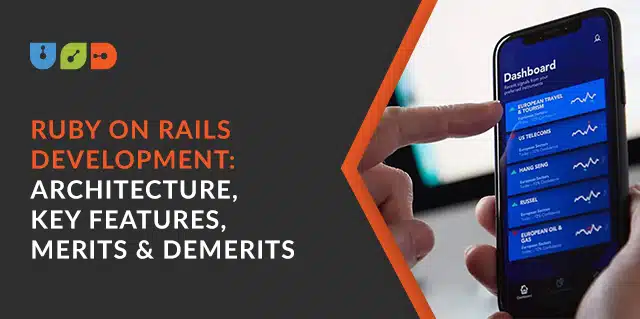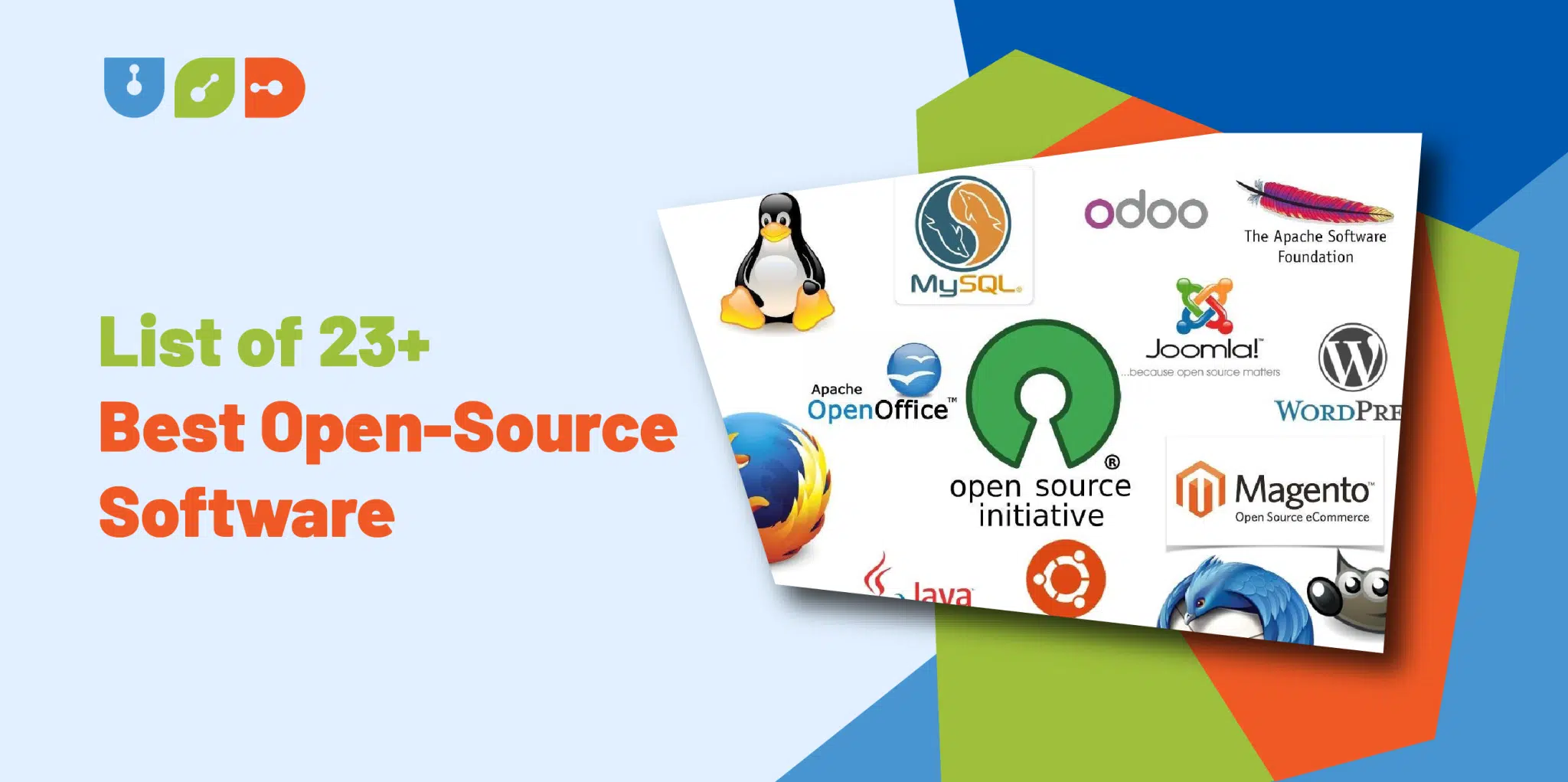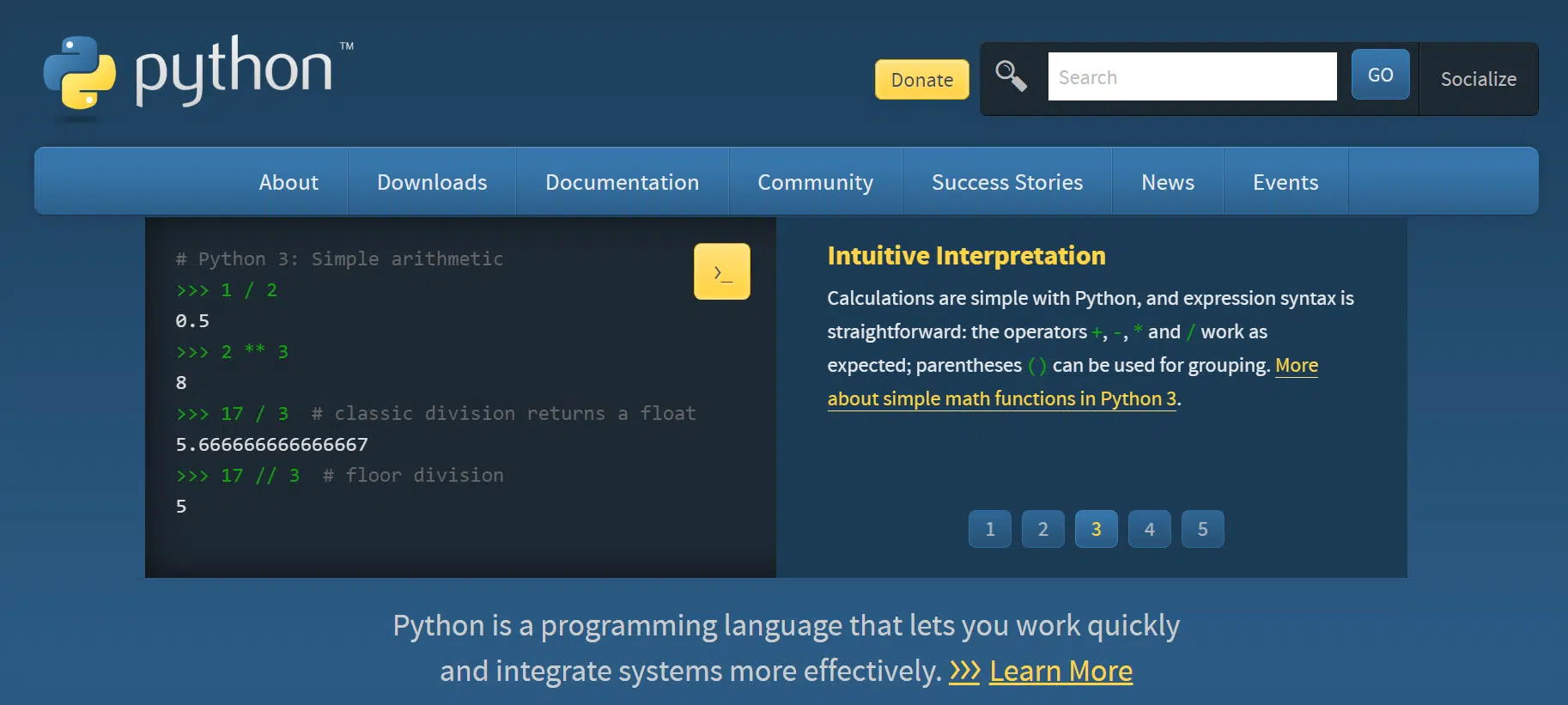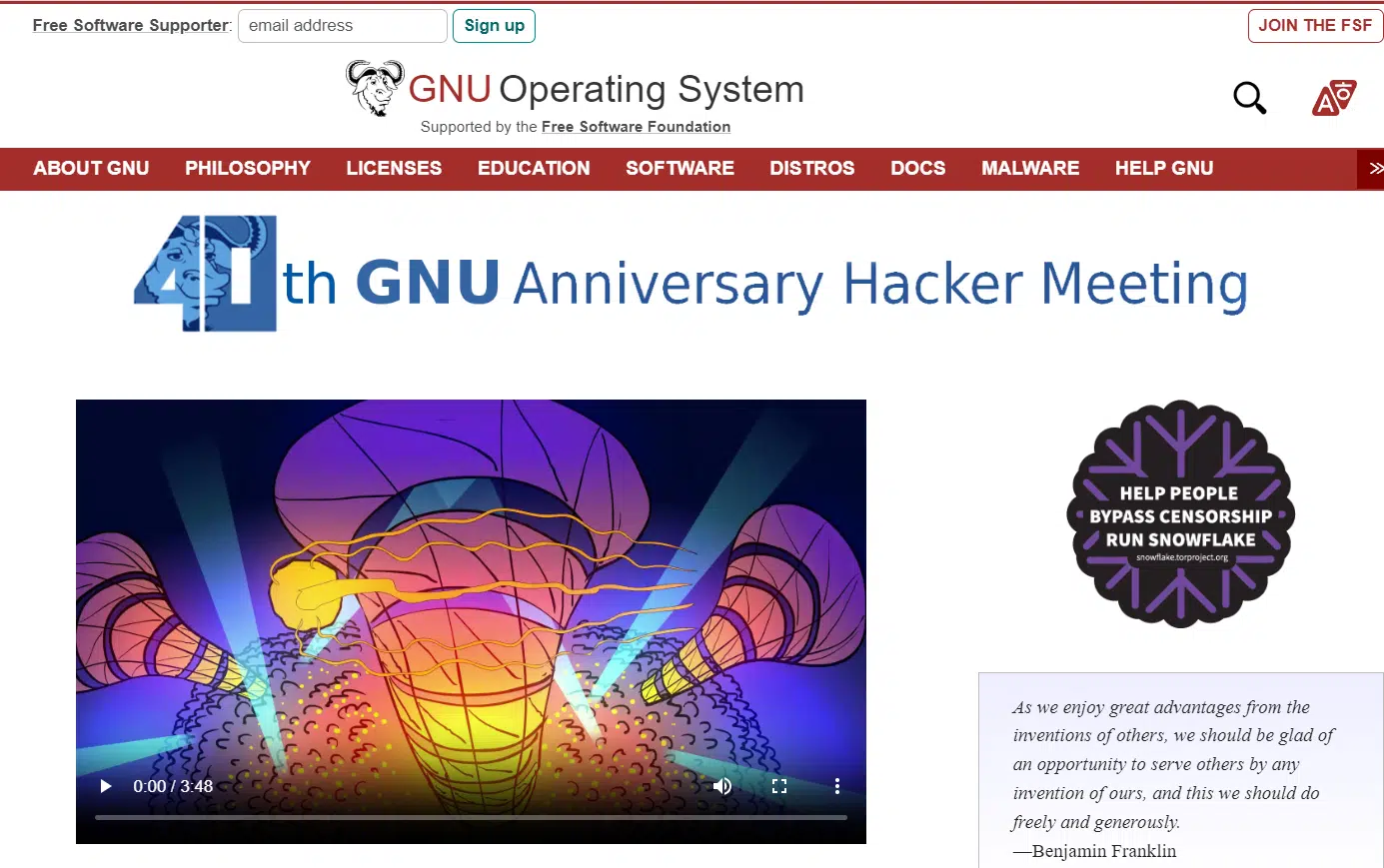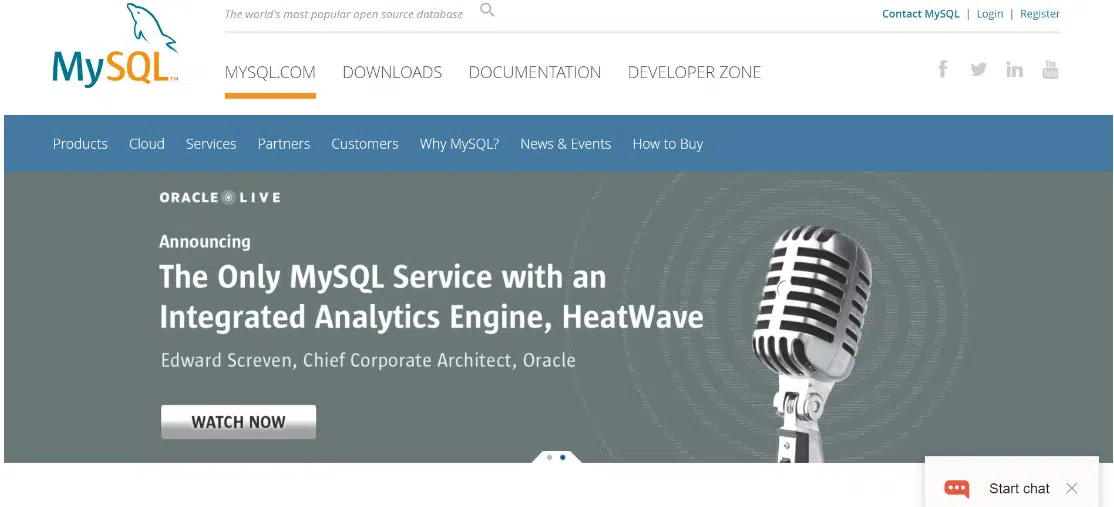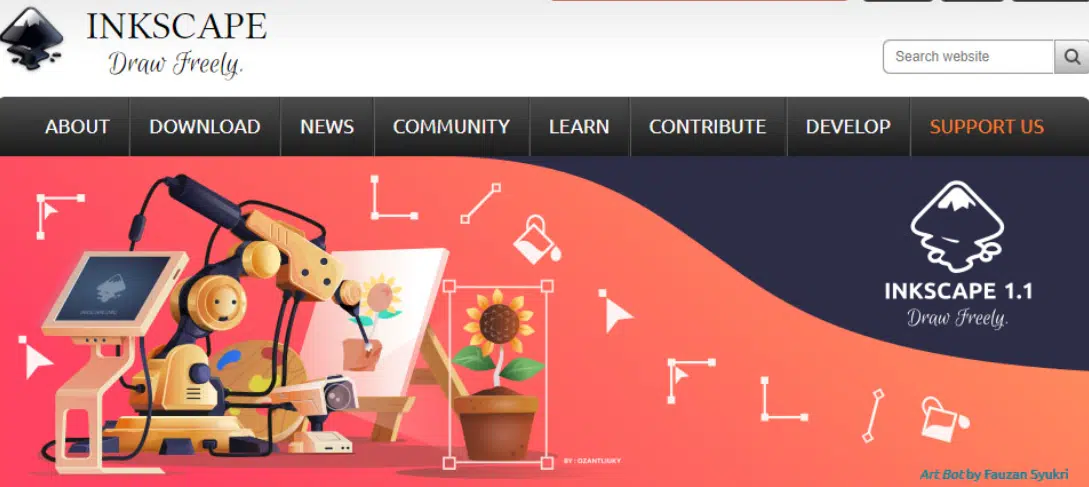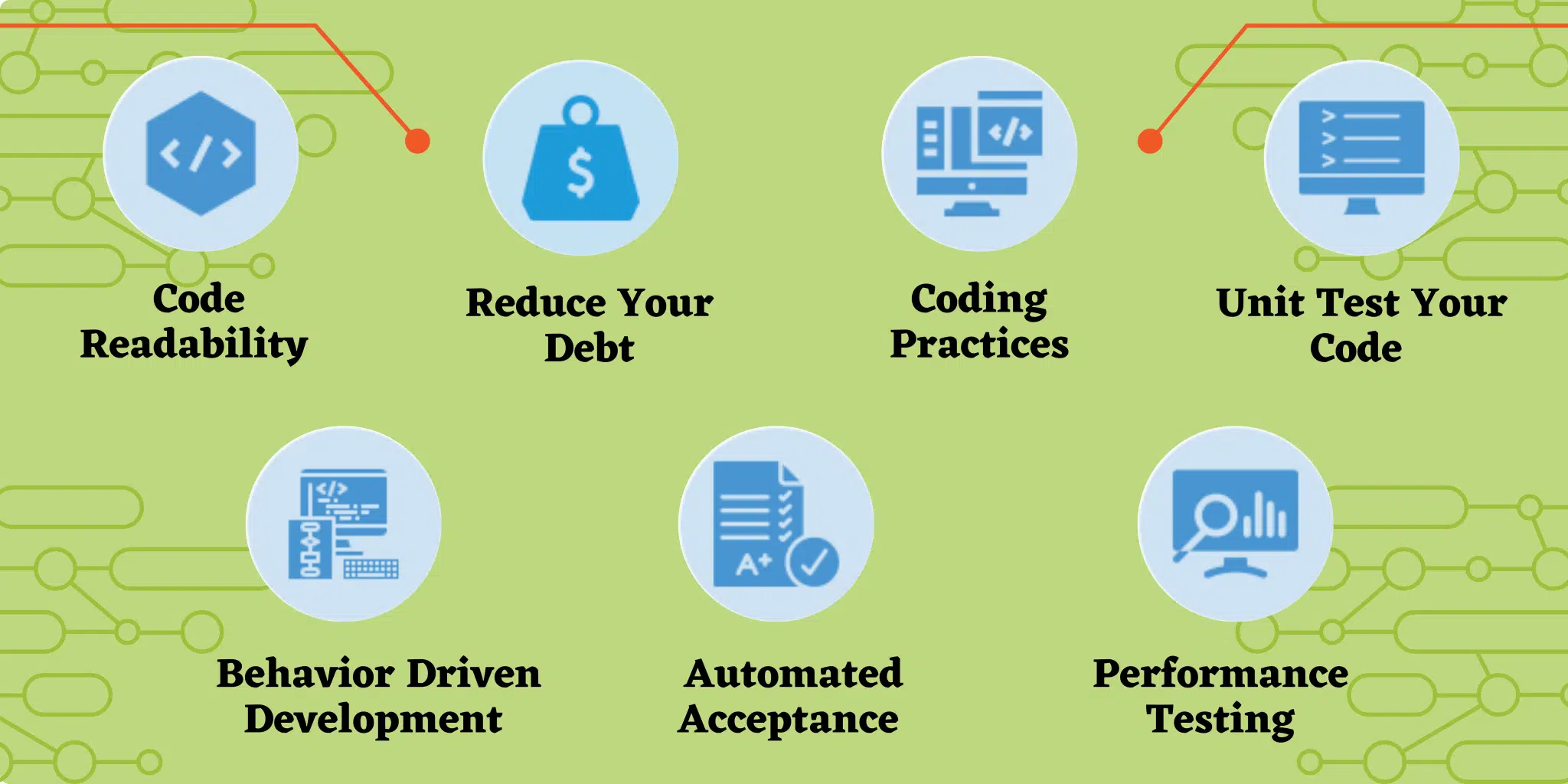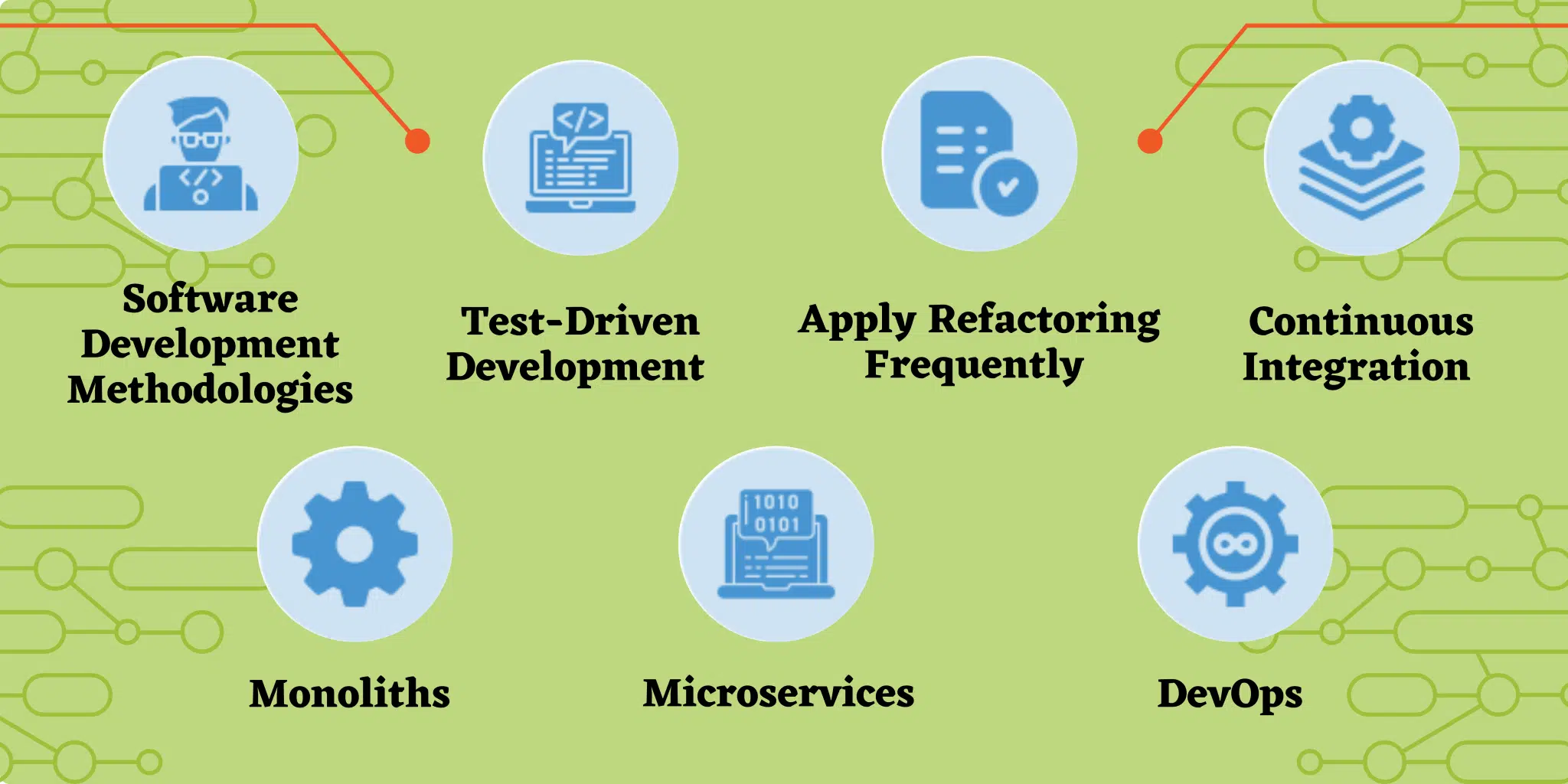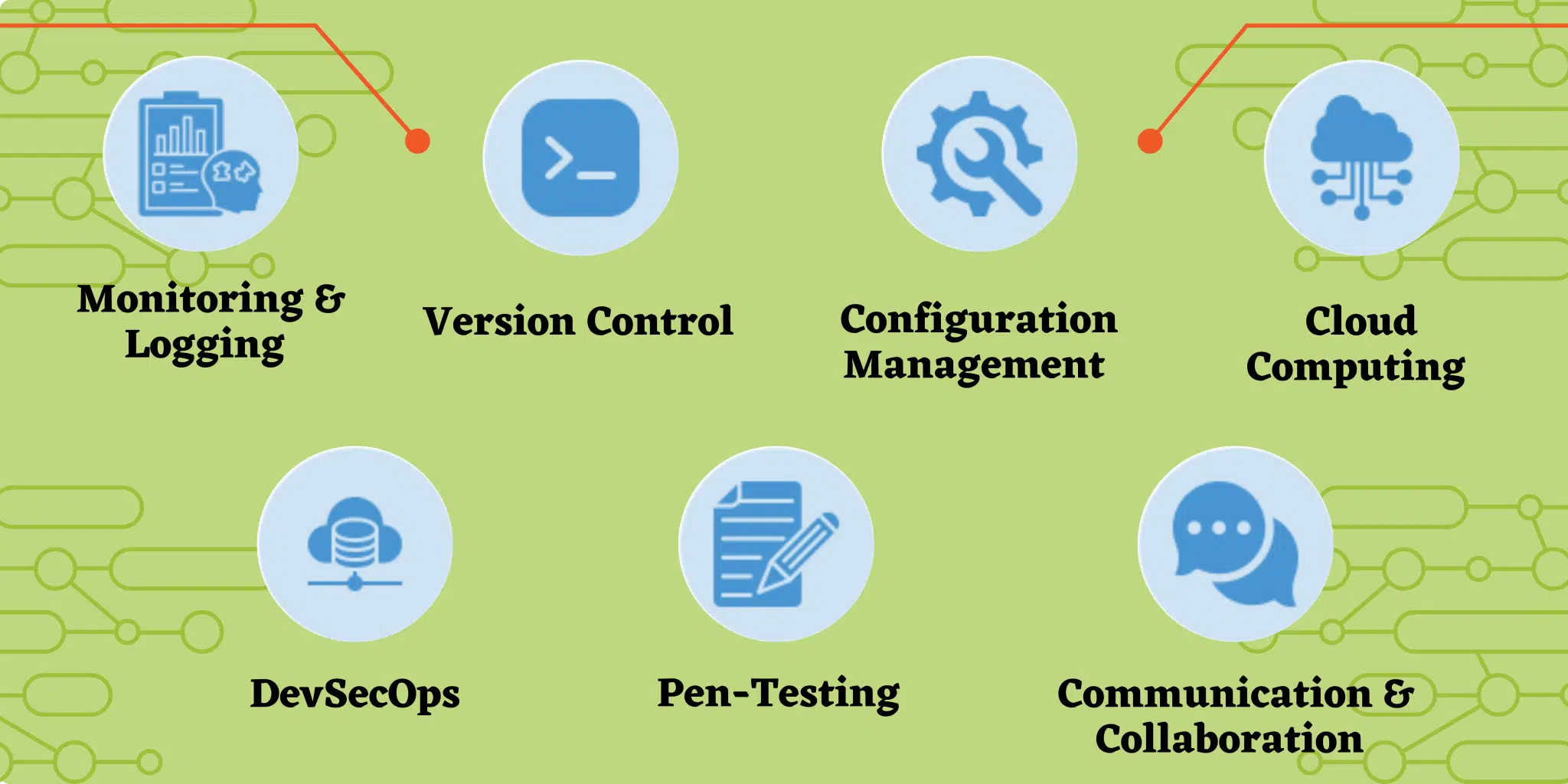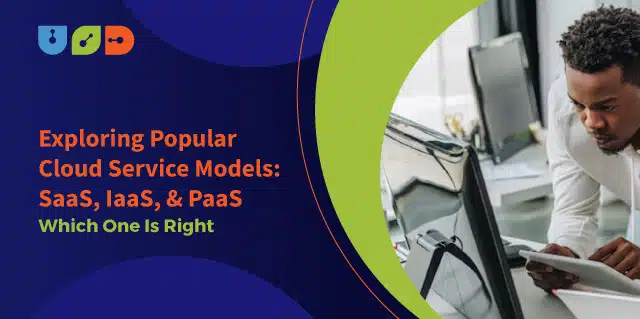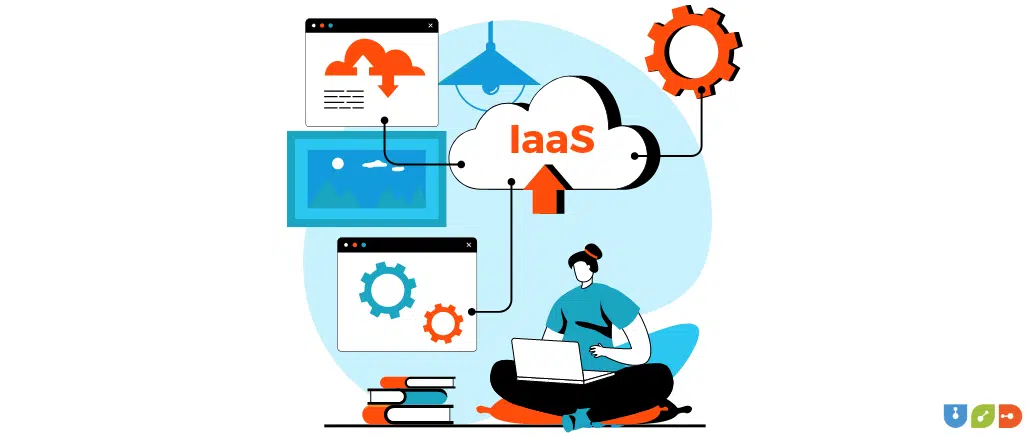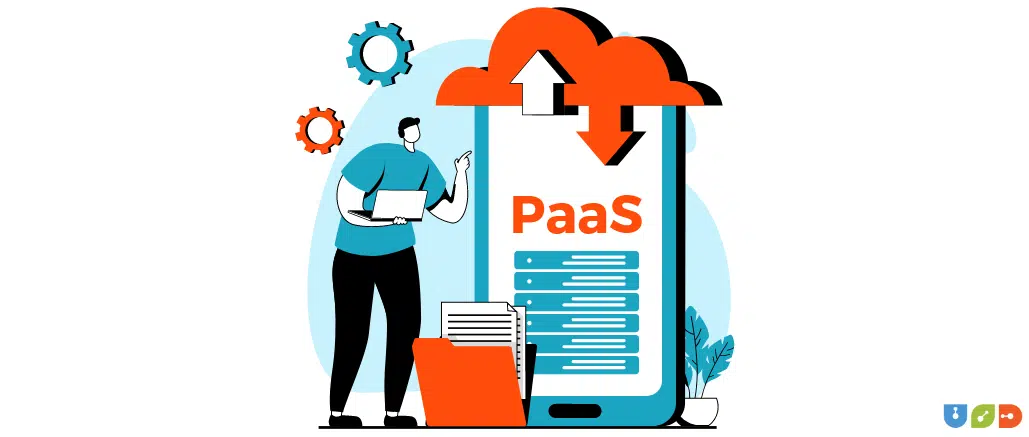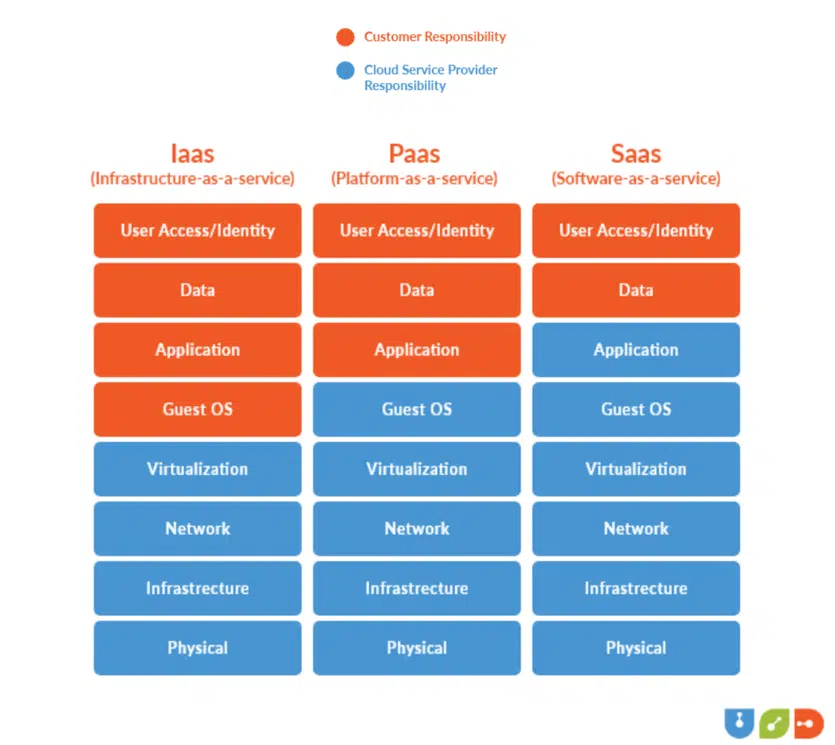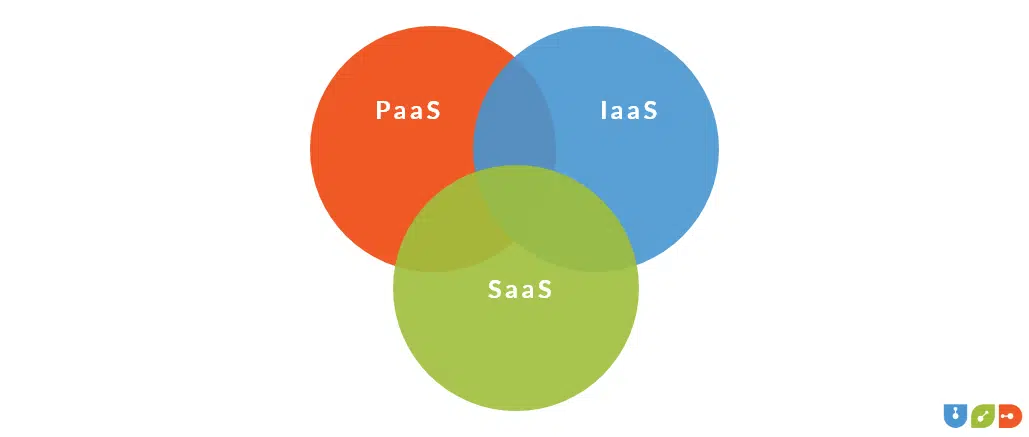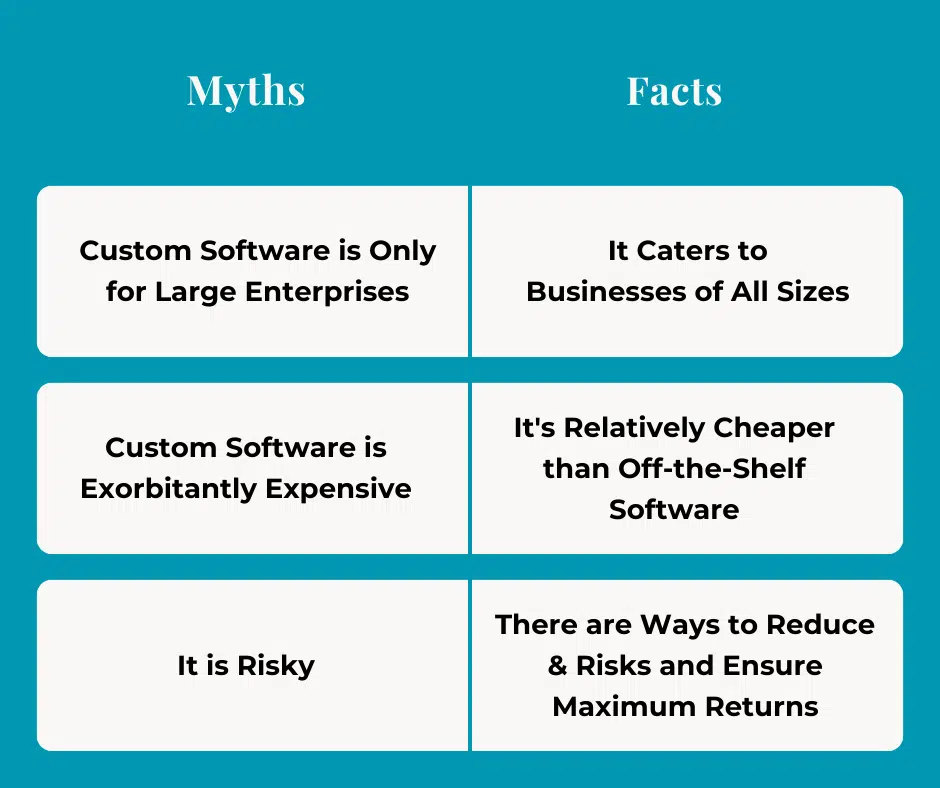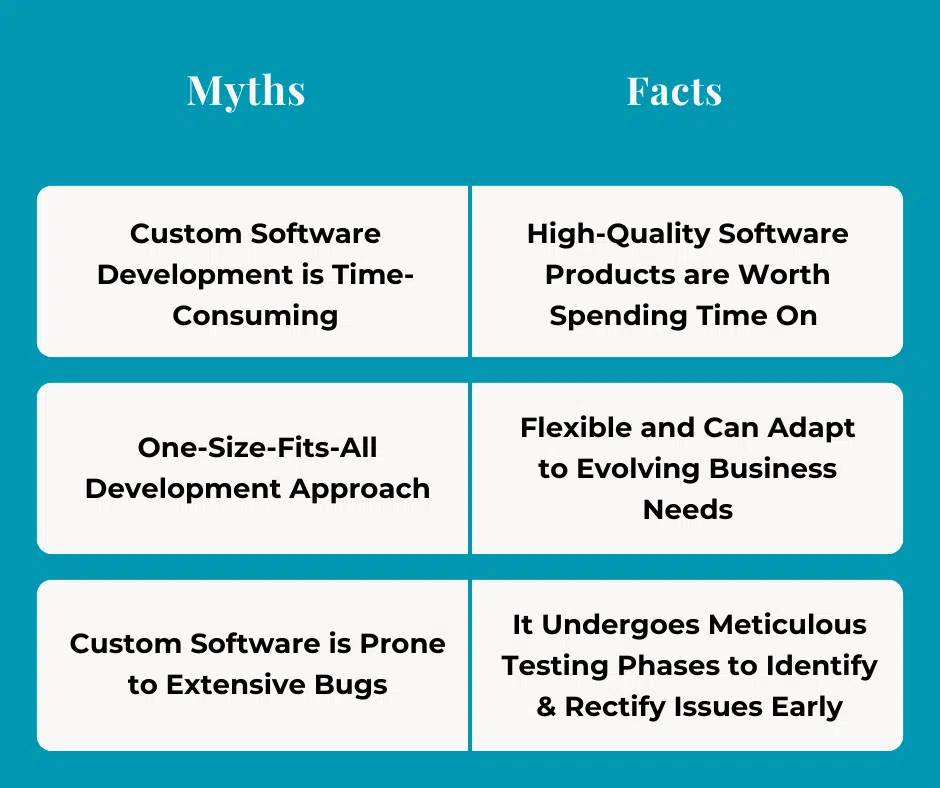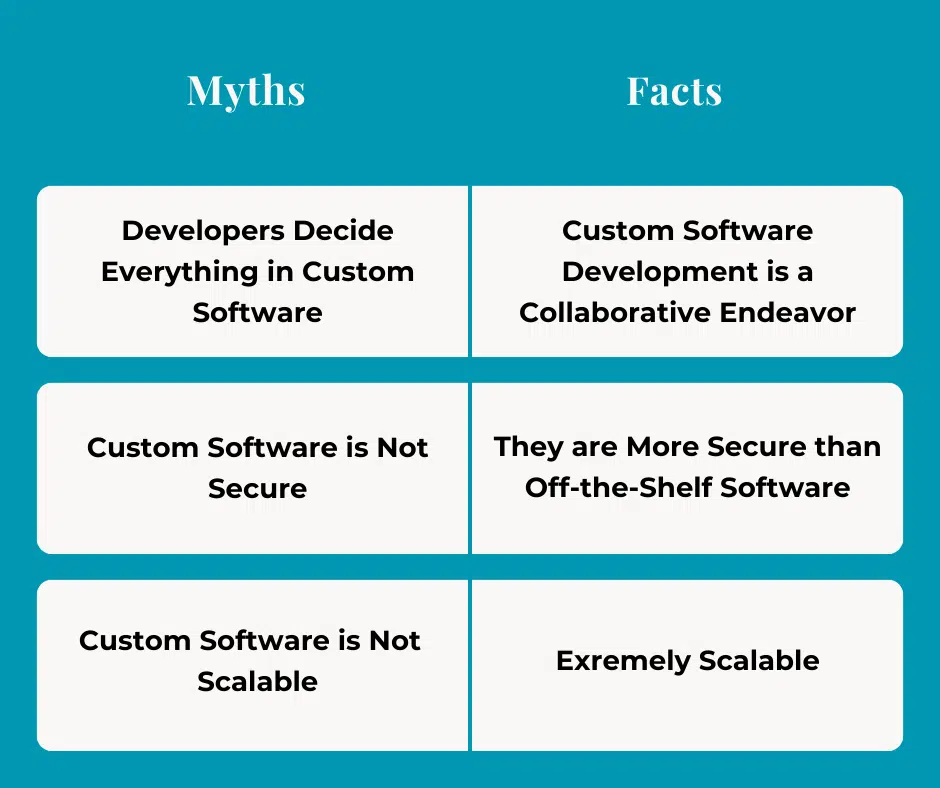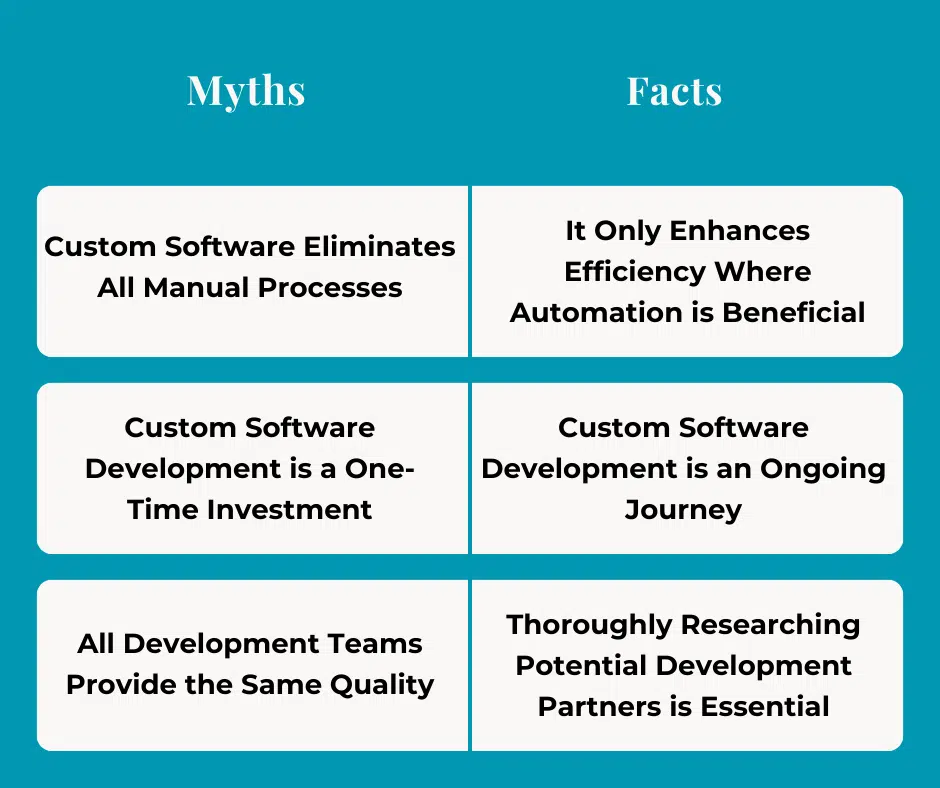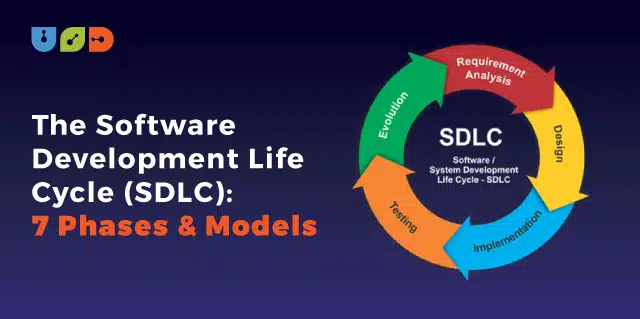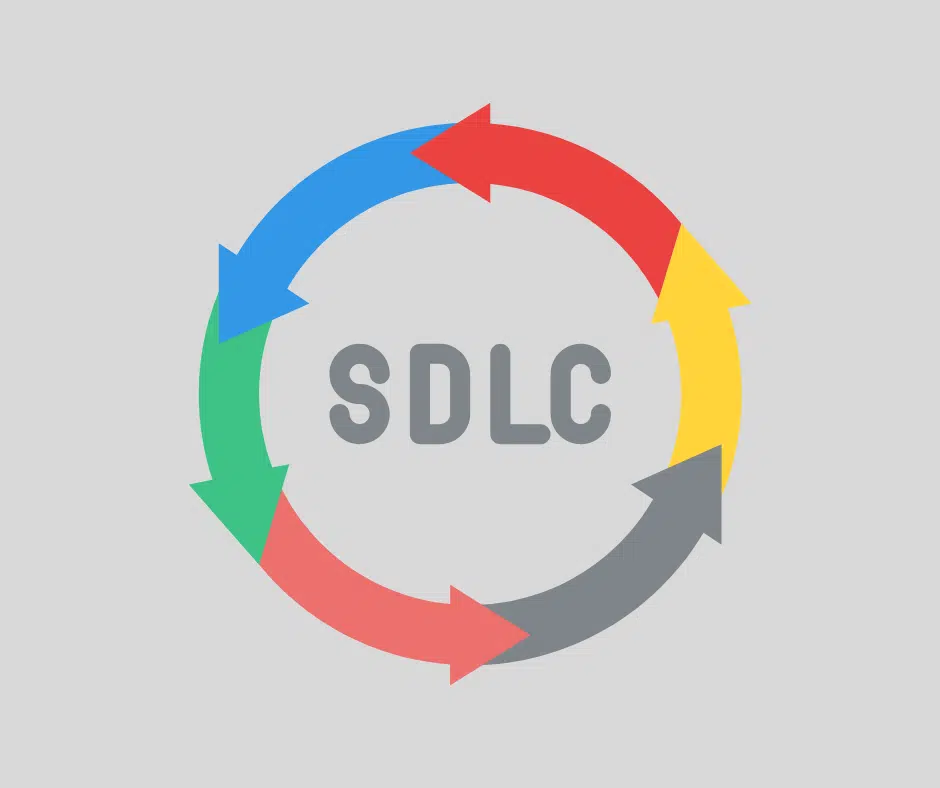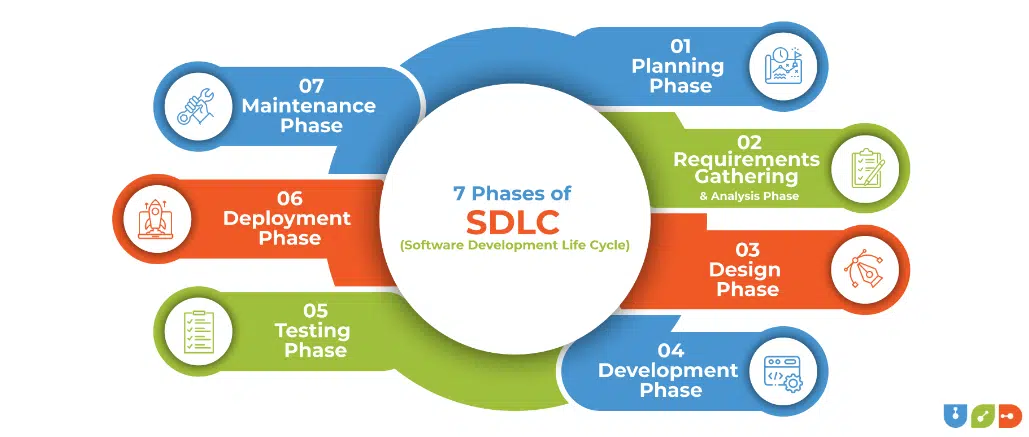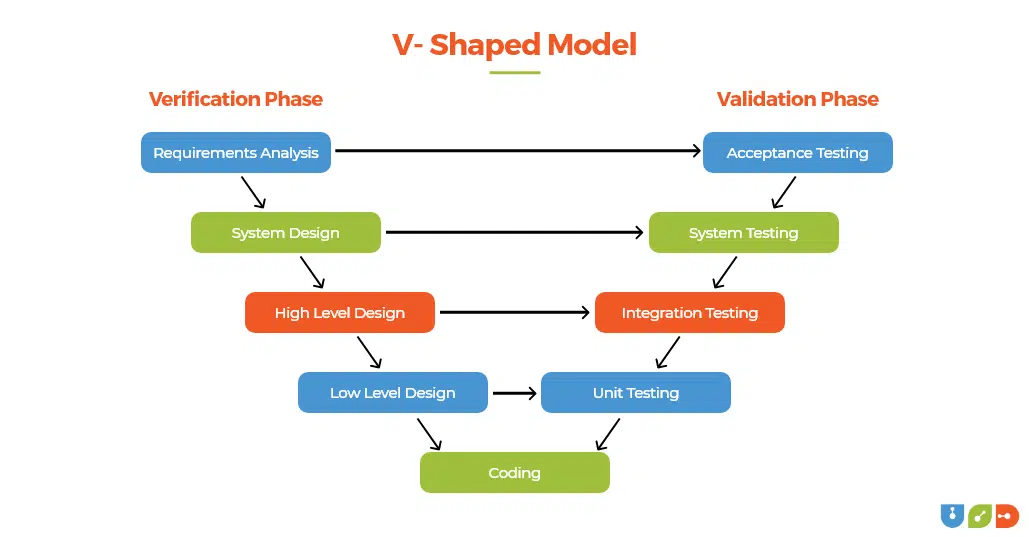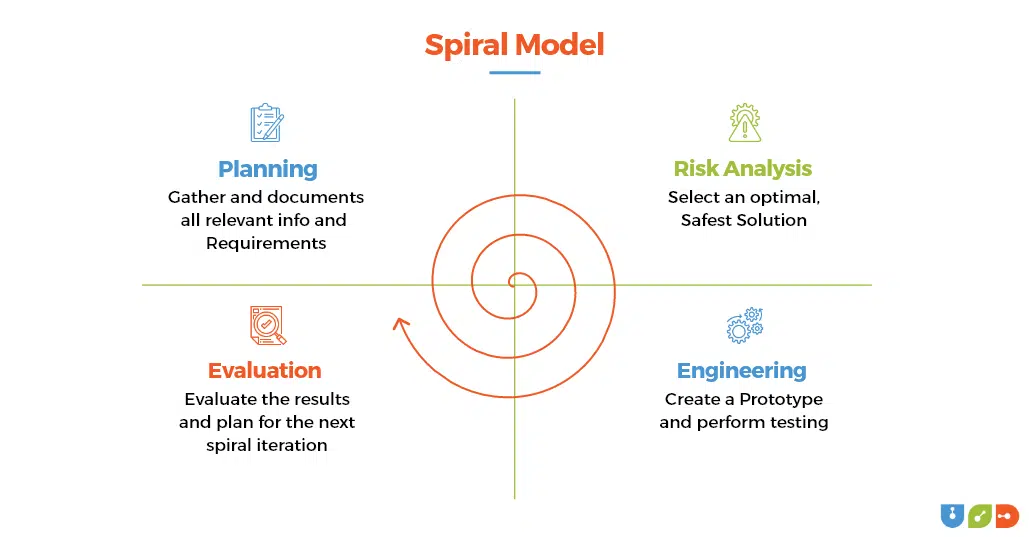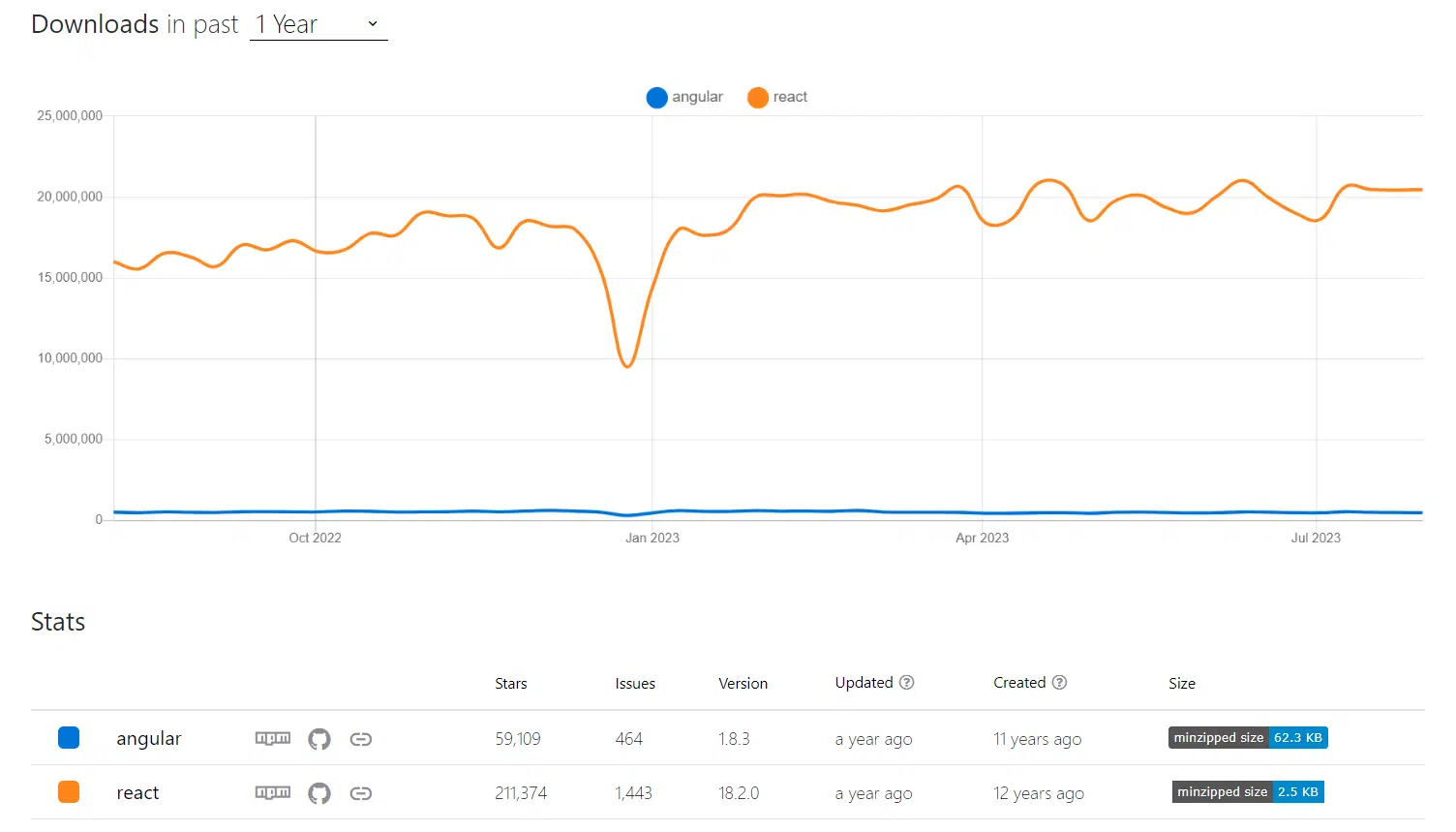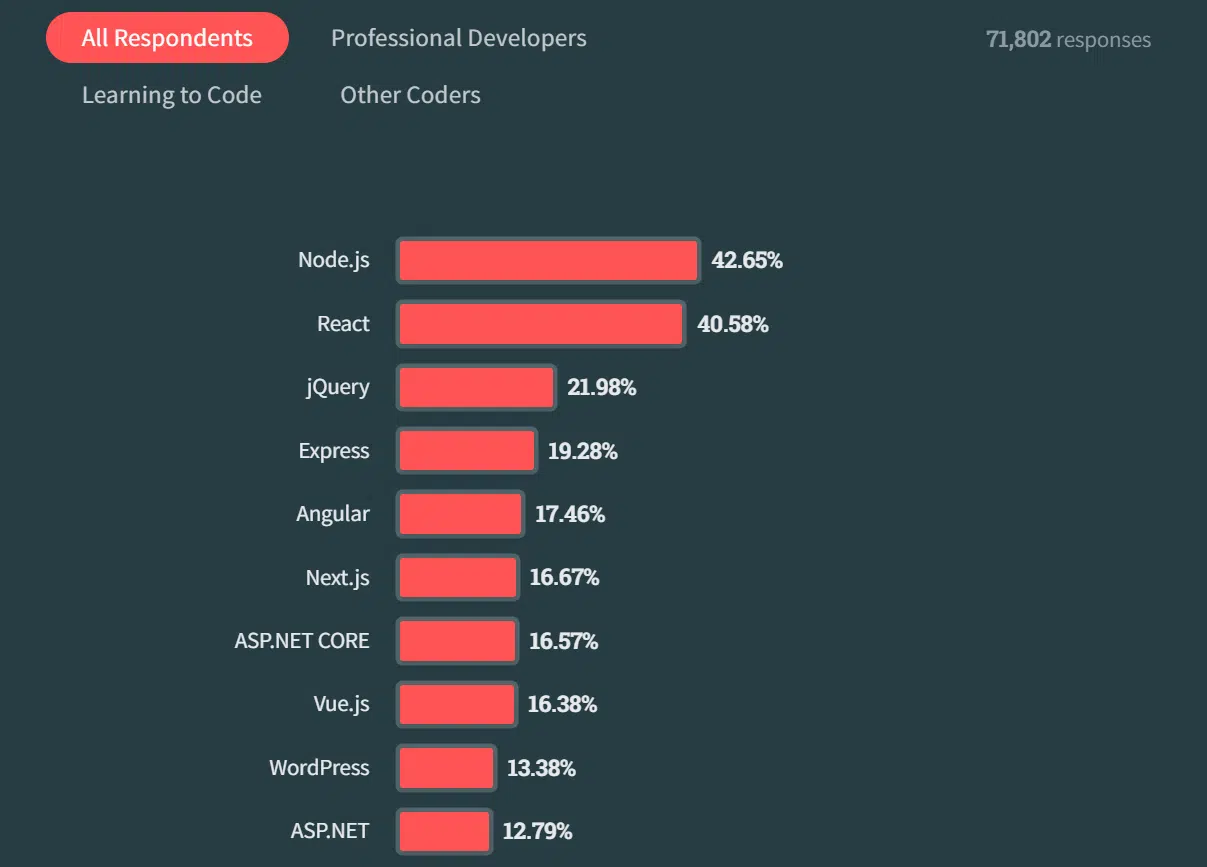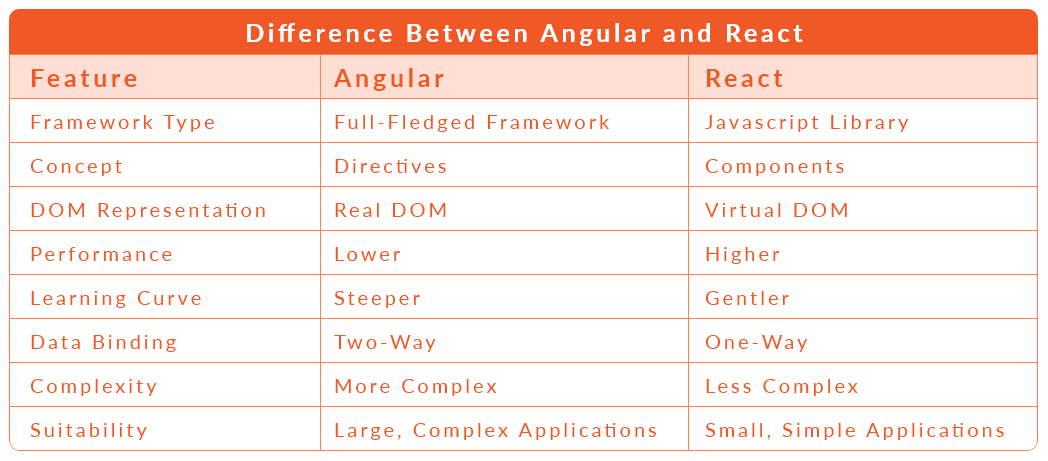Ruby on Rails, often referred to simply as Rails, is an open-source web application framework built in Ruby. With Rails, developers can create interactive and modern web applications with ease. But why use ruby on rails development? The answer lies in its unique architecture and remarkable features.
Ruby On Rails Architecture
Have you ever wondered what makes Ruby on Rails such a popular web development framework? Let’s embark on a journey to unpack the architectural magic behind Rails.
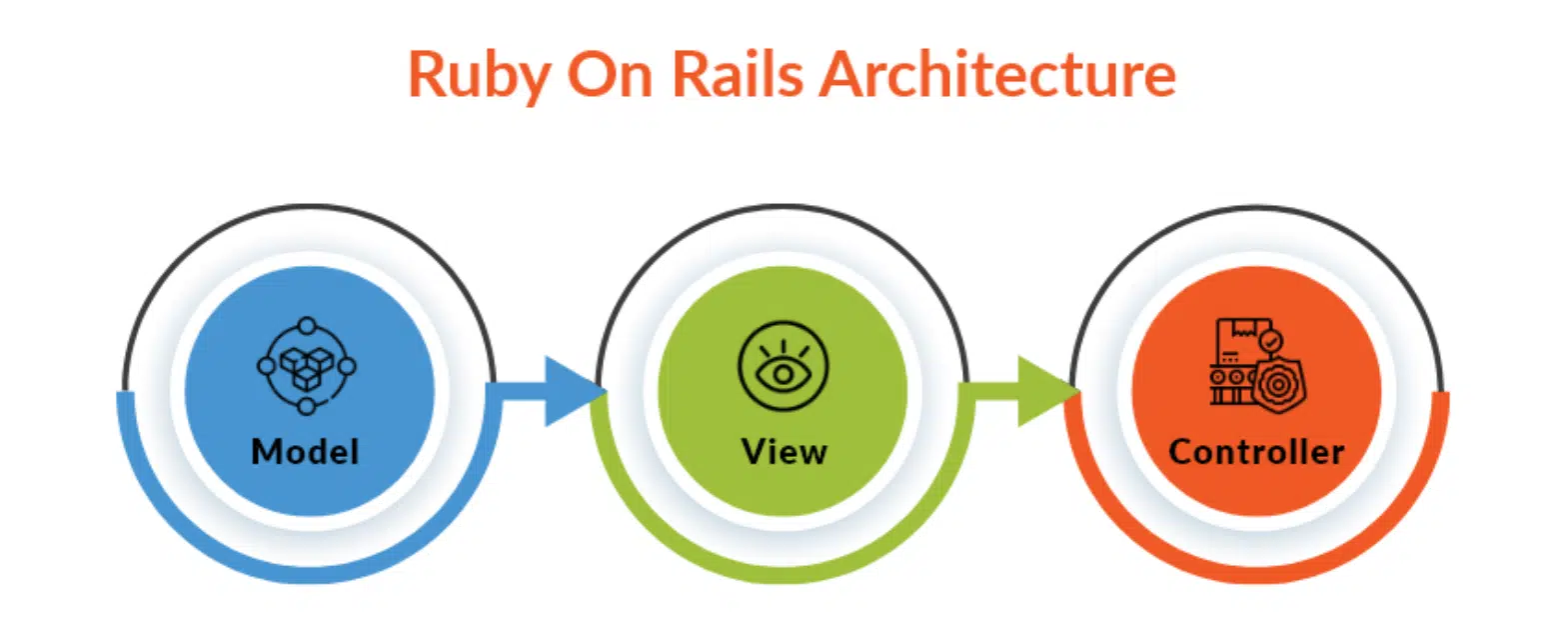
The Components of Rails Architecture
Rails follows the Model-View-Controller (MVC) architectural pattern. The MVC model simplifies the application-building process by separating the data, user interface, and control logic into different sections.
- Model: The Model represents the application’s data and business logic. Think of it as the brain behind the operations, holding the rules, data, and logic.
- View: The View is what the users interact with. It’s the presentation layer, the user interface. Imagine it as the skin, what you see and touch.
- Controller: Acting as an intermediary, the Controller receives user input from the View and processes it with the help of the Model. Picture it as the nervous system, connecting the brain and the skin.
Rails Internals
- Middleware Stack: Have you ever wondered how Rails handles requests? Through a middleware stack! Like a series of checkpoints, each middleware performs a specific function before passing it to the next.
- Active Record: Active Record, an Object Relational Mapping (ORM) system, allows Rails to communicate with databases seamlessly. It’s like a translator, helping two parties (Rails and the database) understand each other.
- Action Pack Framework: Handling the controller and view components of Rails, the Action Pack ensures smooth sailing in the MVC waters.
Key Features of Ruby On Rails
Ruby on Rails, commonly known as Rails, stands as a pillar in the realm of web development. The framework is not just about creating web applications; it’s about creating them efficiently, effectively, and with a structured approach. Rails is renowned for its versatility and power, making it a popular choice among developers and businesses alike. In this article, we will delve deep into the key features of Ruby on Rails that set it apart from its competitors.
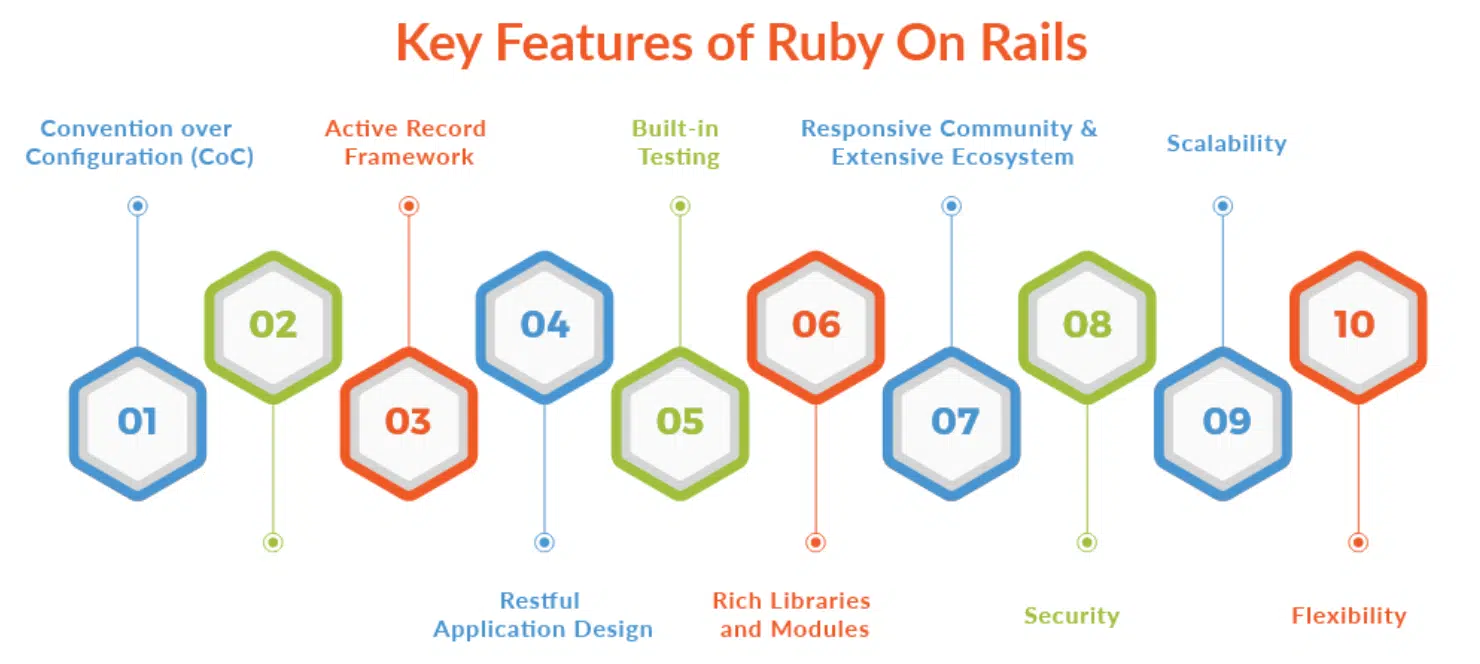
Convention over Configuration (CoC)
Ruby on Rails operates on the principle of Convention over Configuration. This means that developers aren’t bogged down by extensive configurations for setting up applications. Rails comes with a set of conventions that automatically help in setting up aspects of the application, thus speeding up the development process. By adhering to these conventions, developers can bypass tedious setup procedures and jump straight into crafting the application.
Don’t Repeat Yourself (DRY)
Another guiding principle behind Rails is the DRY philosophy. It’s all about ensuring that every piece of knowledge or logic has a single, unambiguous representation within a system. This approach avoids redundancy, streamlines the code, and ensures consistency, making the system easier to manage and scale.
Active Record Framework
The Active Record framework is an integral part of Rails. It provides an abstraction over databases and allows developers to interact with databases like MySQL, PostgreSQL, and SQLite seamlessly. The framework automatically maps tables to classes and rows to objects. This Object Relational Mapping (ORM) capability simplifies data handling and manipulation.
Restful Application Design
Rails promotes the creation of applications based on RESTful architecture. This architectural style focuses on resources and how HTTP methods define actions around them. The advantage is clear: it provides a standardized way of building web applications, ensuring they are more maintainable and scalable.
Built-in Testing
One of Rails’ standout features is its emphasis on testing. Rails creates a simple testing framework for every new application, encouraging developers to follow Test-Driven Development (TDD) practices. This framework facilitates unit testing, fixtures, and a slew of other testing tools, ensuring that the codebase remains bug-free and robust.
Rich Libraries and Modules
Rails boasts a rich set of libraries and modules, enabling developers to perform common tasks without having to write extensive code. These libraries cover various functionalities, from form validations to session management, making development faster and more efficient.
Responsive Community and Extensive Ecosystem
Ruby on Rails is backed by a vibrant and active community. This means constant updates, a plethora of plugins, and a vast reservoir of resources for learning and troubleshooting. The Rails community also regularly contributes gems – pre-packaged applications or functionalities – that can be easily integrated into Rails applications, enhancing their features and capabilities.
Security
Security is paramount in the digital age, and Rails understands this. The framework includes built-in mechanisms to handle common threats such as SQL injection, cross-site scripting, and cross-site request forgery. Developers are also provided with guidelines on how to write secure code and avoid vulnerabilities.
Scalability
Rails is designed to be scalable. Big names like GitHub, Airbnb, and Shopify leverage Rails for their operations, handling millions of users and transactions. The framework’s architecture and components ensure that Rails applications can handle significant traffic spikes and extensive user loads.
Flexibility
The flexibility of Rails is undeniable. Whether it’s integrating with other tools, accommodating different data storage systems, or adjusting to varied business logic, Rails offers the elasticity required to meet diverse development needs.
What Purposes is Ruby on Rails Employed for?
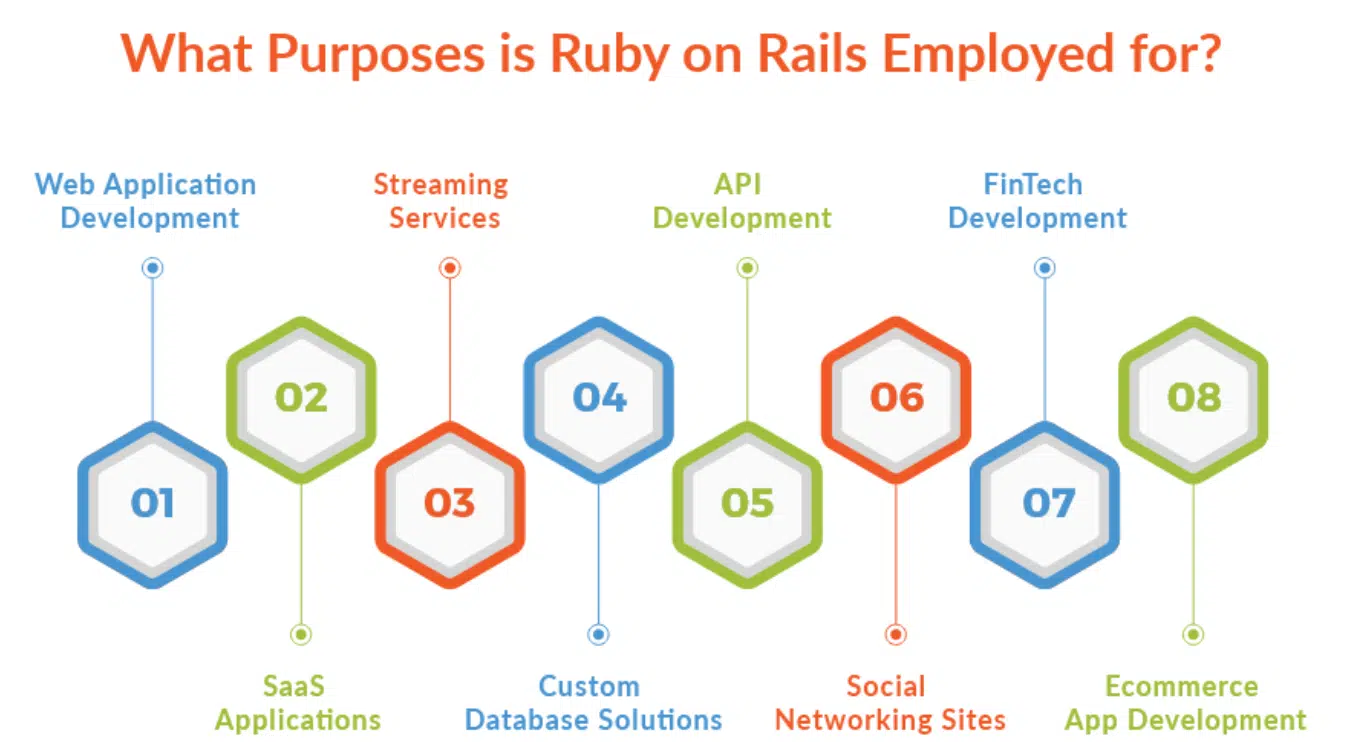
1. Web Application Development
Ruby on Rails is renowned for its role in web application development. Its convention-over-configuration (CoC) and don’t-repeat-yourself (DRY) principles foster quick prototyping, reducing the amount of redundant code developers need to write. Rails’ built-in structures for databases, web services, and web pages enable developers to use web standards effortlessly, enhancing productivity and web application quality.
- E-commerce Platforms: Many well-known e-commerce platforms were built using Ruby on Rails. The framework supports integration with multiple payment gateways and allows for the customization of checkout flows, making it a top choice for online stores.
- CMS Systems: Creating a CMS with Rails is simplified, given its modular approach. It allows for efficient content management, with features like tagging, categorizing, and multimedia content support.
2. Software as a Service (SaaS) Applications
With Rails’ robust architecture, building SaaS applications becomes streamlined. Scalability and multi-tenancy are crucial for SaaS, and Rails’ ecosystem, combined with cloud platforms, offers comprehensive solutions.
- Project Management Tools: Tools like Basecamp, developed using Ruby on Rails, stand as a testament to its capability to create effective project management solutions.
- CRM Systems: Rails has been instrumental in the development of customizable CRM systems tailored to specific industry needs.
3. Streaming Services
Ruby on Rails caters to the increasing demand for streaming services. Its compatibility with various databases and quick server responses enables efficient streaming of audio, video, and other multimedia content.
4. Custom Database Solutions
Ruby on Rails is adept at building custom database solutions for businesses. With ActiveRecord, its Object Relational Mapping (ORM) system, Rails ensures smooth interaction between applications and databases.
5. API Development
Rails’ support for API development is notable. The framework allows for the creation of RESTful APIs seamlessly, paving the way for various integrations and expanding application capabilities.
6. Social Networking Sites
The birth and growth of many social media platforms owe their success, in part, to Ruby on Rails. The framework offers a plethora of features that facilitate the swift development of social networking sites. Here’s how:
- Dynamic Content Handling: Rails’ MVC (Model-View-Controller) architecture efficiently manages data, user interface, and controls, making it a favorite for platforms that require real-time updates and user-generated content.
- Scalability: Social networks require systems that can grow with the user base. Rails can handle an influx of traffic, ensuring that platforms remain seamless even when millions of users are active.
- Plugins & Gems: Rails’ extensive library of plugins and gems simplifies the addition of features like chats, feeds, and notifications, ensuring that developers don’t need to build these from scratch.
7. FinTech Development
The financial tech industry has witnessed rapid growth, with digital wallets, online banking solutions, and peer-to-peer lending platforms becoming increasingly prevalent. Ruby on Rails stands out as a preferred choice for many reasons:
- Security: Rails is designed with security in mind. Its built-in features, such as protection against SQL injection, cross-site scripting, and cross-site request forgery, ensure robustness in financial applications.
- Rapid Development: In the ever-evolving world of finance, getting products to market quickly is imperative. Rails’ convention over configuration (CoC) approach ensures that developers can deploy applications in shorter time frames.
- Data Management: Financial systems rely heavily on accurate and efficient data handling. Rails’ ActiveRecord, an ORM (Object-Relational Mapping) system, streamlines database interactions, making data retrieval and manipulation more efficient.
8. Ecommerce App Development
Online shopping has become an integral part of the modern lifestyle. Ecommerce platforms need to be user-friendly, secure, and scalable. Ruby on Rails shines brightly in this sector:
- Flexible Customization: Ecommerce sites often require bespoke features. Rails’ modular approach allows developers to tailor solutions to specific business needs without compromising system integrity.
- Integrated Payment Gateways: Rails supports a plethora of payment solutions, making it easier for businesses to integrate their preferred transaction methods.
- Active Community: The Rails community is renowned for its active contributions, which means that any challenges faced during ecommerce development often have documented solutions. This vast knowledge base speeds up the problem-solving process.
Merits of Ruby On Rails Development
Ruby on Rails, often simply termed Rails, is a web application framework that’s gained immense popularity among developers and enterprises alike. Let’s delve into the core merits that make Ruby on Rails a preferred choice in the realm of web development.
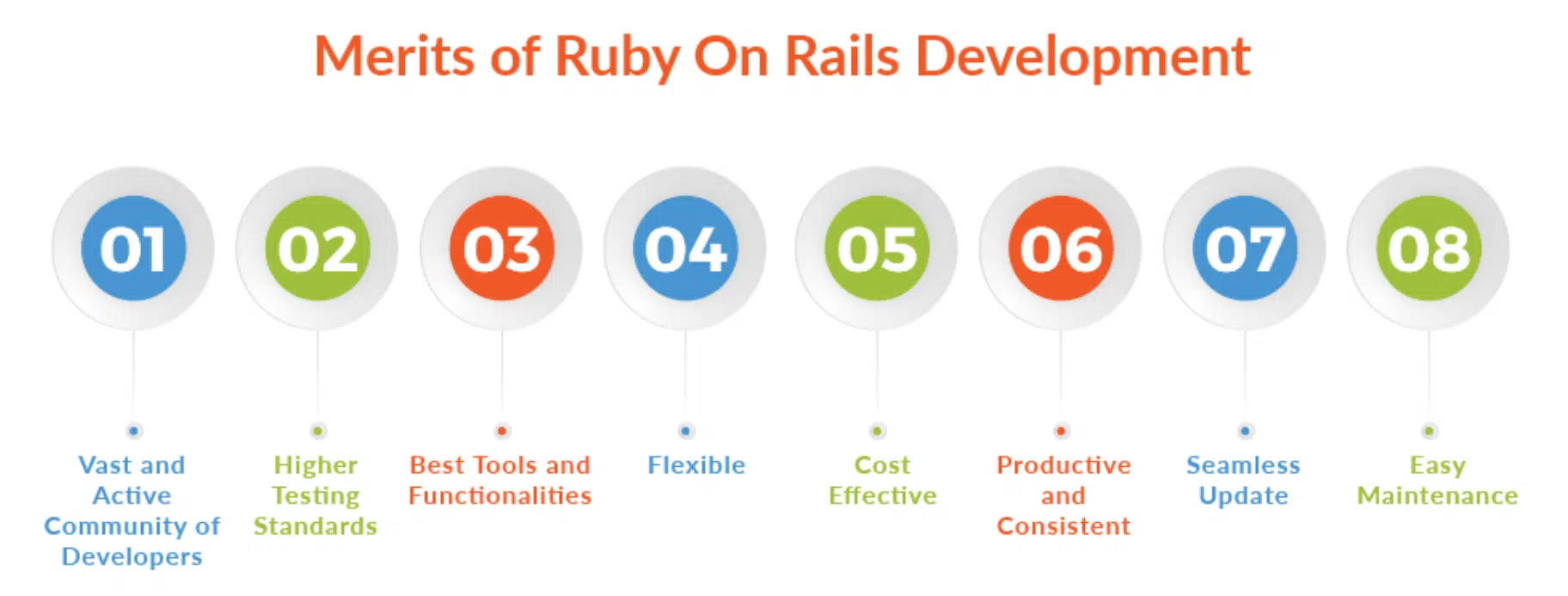
1. Vast and Active Community of Developers
The success of any programming language or framework largely depends on its community. Ruby on Rails boasts an expansive and active developer community. This not only ensures timely updates and patches but also provides a rich ecosystem of libraries, or ‘gems,’ which can be easily integrated into any Rails application. An active community means you have a vast reservoir of resources, tutorials, and experts to turn to, ensuring that you’re never stuck for long.
2. Higher Testing Standards
Ruby on Rails stands out due to its emphasis on testing. Rails promotes Test-Driven Development (TDD) and Behavior-Driven Development (BDD), ensuring that applications are not just functional but also free from bugs. With built-in testing tools, developers can easily write and run tests, ensuring the robustness of the application.
3. Best Tools and Functionalities
Ruby on Rails is renowned for its rich toolset and functionalities. From the ActiveRecord, which simplifies database interactions, to the Turbolinks that make navigating your web application faster, Rails has it all. The Rails asset pipeline also ensures efficient coding by minimizing JavaScript and CSS files, thus improving the overall speed and performance of your web application.
4. Flexible
Flexibility is a prime asset in web development. With Ruby on Rails, developers have the freedom to modify, add, or remove features as per the project’s requirements. Thanks to its modular design, implementing changes in a Rails application is not just possible but also efficient, ensuring that the application remains up-to-date with the ever-evolving business needs.
5. Cost Effective
Budget constraints are a real concern for most businesses, especially startups. Ruby on Rails is open-source, which means there are no licensing costs involved. Moreover, with the wealth of libraries and tools available, developers can achieve more in less time, translating to reduced development costs.
6. Productive and Consistent
Consistency is the key to maintainable code. Ruby on Rails promotes conventions over configurations, meaning developers follow a set standard rather than custom configurations. This ensures that the code is clean, maintainable, and less prone to errors. The result? Faster development cycles and a more productive environment.
7. Seamless Update
As technology evolves, updating your application to stay in line with the latest trends is crucial. Ruby on Rails makes this process seamless. With its strong emphasis on backward compatibility, updating a Rails application is hassle-free. Developers can thus ensure that the application benefits from the latest features without compromising on stability.
8. Easy Maintenance
Maintenance is a pivotal part of the development lifecycle. Rails, with its clean and readable code, ensures that maintaining and updating an application is a breeze. Its RESTful architecture ensures that each resource has a unique URL, making it easier to track changes and updates.
Demerits of Ruby On Rails Development
Ruby on Rails, often referred to as Rails or RoR, has gained significant popularity in the web development world. While it offers numerous advantages, such as rapid development and a vast community, there are several demerits associated with Ruby on Rails development that prospective developers and businesses should be aware of.
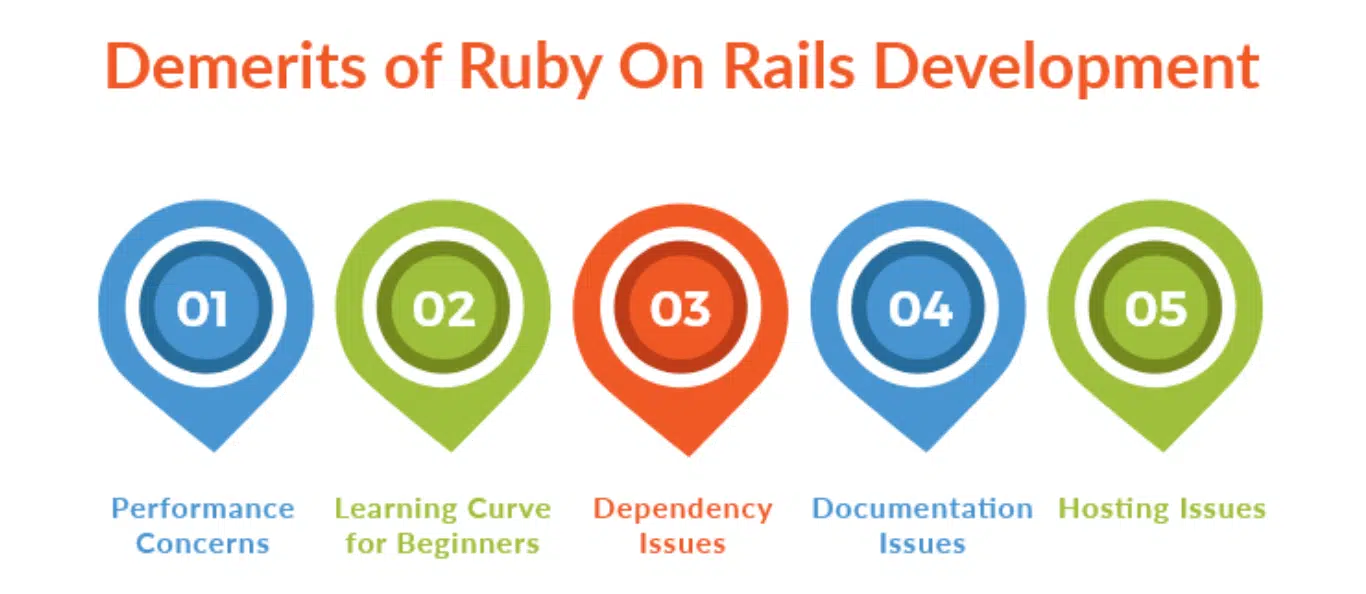
Performance Concerns
When compared to other languages and frameworks, Rails can sometimes fall behind in terms of raw performance.
- Memory Consumption: Ruby on Rails has been known to consume more memory compared to other frameworks. This can lead to higher server costs, especially for larger applications.
- Boot Time: In certain scenarios, especially in larger applications, Rails can exhibit slower boot times. This can impact developer productivity, especially during debugging and testing phases.
Learning Curve for Beginners
Despite its reputation for being beginner-friendly, Ruby on Rails does come with its own set of complexities.
- Convention Over Configuration: While the “Convention Over Configuration” philosophy aims to simplify development; it can be overwhelming for newcomers who might be unfamiliar with the conventions.
- Multiple Components: The various components and modules within Rails, such as ActiveRecord, ActiveSupport, and ActionView, require a certain level of understanding to utilize effectively.
Dependency Issues
Rails applications often rely on numerous gems, which are external libraries. This can sometimes lead to problems.
- Gem Compatibility: There’s a risk of gems being outdated or incompatible with newer versions of Rails, which can cause challenges during upgrades.
- Maintenance Overhead: Relying heavily on gems can introduce maintenance overhead if those gems are no longer actively maintained by their creators.
Documentation Issues
While Rails has a rich set of documentation, certain challenges arise in this area. With the evolution of Rails and its ecosystem, some parts of the documentation might be outdated, leading to inconsistencies.
New developers might find it challenging to discern essential information from the vast sea of documentation, especially if they’re unfamiliar with Rails conventions.
Hosting Issues
Hosting a Rails application has its unique challenges when compared to other frameworks. Given the memory consumption of Rails, hosting can be more expensive, especially if one opts for dedicated servers or high-tier cloud solutions.
Some hosting providers might not offer seamless Rails support, making deployment and maintenance more intricate than it needs to be.
Some Examples of Applications Based On Rails
Rails, or Ruby on Rails, is a robust web application framework written in Ruby. The power, agility, and flexibility of this framework have made it a favorite among startups and established businesses alike. To demonstrate its capability, let’s dive deep into some of the most prominent applications built on Rails.
Airbnb
Airbnb transformed the way we approach travel accommodation. This online marketplace allows individuals to lease or rent short-term lodging. Whether it’s a room or an entire house, Rails offers the scalability and flexibility required to handle the vast number of listings and transactions on Airbnb.
GitHub
The hub for over 56 million developers, GitHub, is where the world builds software. With its colossal user base and millions of repositories, the fact that it’s built on Rails showcases the framework’s ability to handle large-scale applications that demand high performance.
Hulu
The world of on-demand streaming was revolutionized by platforms like Hulu. This streaming service, boasting a vast library of shows and movies, relies on Rails for its backend operations. It underscores the framework’s aptitude for managing vast databases and ensuring smooth content delivery.
Though Twitter eventually shifted from Rails as it scaled, its initial foundation was built using this framework. In its early days, Rails provided the agility and speed required for the rapid growth and changes Twitter experienced.
Shopify
Shopify is a testimony to Rails’ e-commerce prowess. Powering over a million businesses in more than 175 countries, Shopify showcases how Rails can be tailored to cater to online shopping platforms’ complex needs, from product listings to payment gateways.
Zendesk
Customer support is pivotal for any business, and Zendesk offers a holistic solution. Built on Rails, it provides businesses with a comprehensive customer service platform, underlining the framework’s capability to create tools that demand real-time responses and integrations.
Conclusion
Ruby on Rails development brings together simplicity, clarity, and productivity. Whether you’re an individual looking to learn Ruby on Rails or a Ruby on Rails development company aiming to streamline your processes, Rails offers a myriad of features, tools, and an active community to back you up. Its benefits, from rapid development to cost-effectiveness, significantly outweigh its minor drawbacks. Applications like Airbnb, GitHub, and Shopify serve as testaments to its capabilities.
Ruby on Rails has firmly established its footprint in the web development industry. With an MVC architecture, rich features, and some of the internet’s most significant platforms built using it, it’s a tempting choice for many developers and businesses.
However, as with all technologies, it’s essential to understand the merits and demerits thoroughly before diving in. Still curious about Rails? Perhaps joining a Ruby on Rails development company or investing time to learn Ruby on Rails might be your next big move!
FAQs
Q: Which frontend frameworks are best suitable for Ruby on Rails development?
For Ruby on Rails development, you can use React, Angular, and Vue.js. These frontend frameworks work well with Rails.
Q: Does Ruby on Rails use JavaScript?
It uses a technique “Unobtrusive JavaScript”. This technique helps developers in attaching JavaScript to the DOM.
Q: How Ruby on Rails differ from JavaScript?
Ruby language is used only for backend development. However, JavaScript can be used for both frontend and backend development.
Q: Why use Ruby on Rails?
Ruby on Rails offers a streamlined web development process, ensuring rapid deployment and high-quality applications.
Q: What big companies use Rails?
Some big names include Airbnb, GitHub, Hulu, and Shopify.
Q: Is Ruby on Rails cost-effective?
Yes, thanks to its open-source nature and a vast library of gems, Rails can save development time and costs.
Q: Is Ruby on Rails a backend framework?
Yes, Ruby on Rails is used for web development as a backend framework.
Q: Can I use Ruby on Rails for mobile app development?
Rails is primarily for web applications. However, APIs can be built using Rails for mobile applications.

